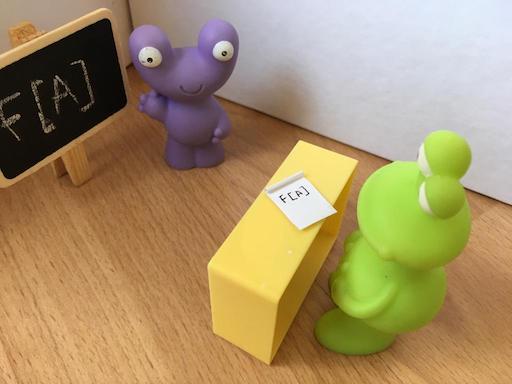Type Parameters
← Previous in this series: Currying and Partial Application
In the previous chapter we’ve went into some detail about currying and partial application. Before we move on to talk about effect systems, let’s take a quick look into what are type parameters.

Type parameters, are a way to abstract over types in what is called parametric polymorphism. The idea of type parameters, has some traits in common with the concept of generics, which you may know from languages such as Java or C#.
Type parameters allow us to express the idea that a type can depend on another
type for which it doesn’t have deep knowledge of (or often, any knowledge at all).
A common example would be, for example Haskell’s Maybe a or Scala’s
Option[A], where Maybe/Option are parameterised by a type variable, that
can be made concrete at call time, for example Option[Int].
Up to now, this sounds remarkably similar to generics, so why all of the
different terminology? To answer this question, let’s take a deeper look at
the aforementioned Maybe/Option types.
Because the way to implement ADTs in Scala is in terms of inheritance, the properties we’re looking into will not be immediately evident, so let’s see a simplified, stripped down version of the Haskell implementation, would look something like this:
data Maybe a = Just a | Nothing
In Scala it would look like:
sealed trait Option[A]
final case class Some[+A](a: A) extends Option[A]
final case object None extends Option[Nothing]
The right side of the =, contains what are called data constructors, Just a
and Nothing in this case. They are named data constructors because when
called, they construct values of the type Maybe.
On the left side, you have the type constructor. See, in the previous
paragraph I called Maybe a type, well, I lied, Maybe, by itself is
not a type. You can think of Maybe as a function, and of a as the
parameter of the maybe function. In fact, in Haskell, Maybe is a
function, and a is a parameter to that function. As with a traditional
function, when you pass a value to it, it evaluates into a result value, in
this function, when you pass a type to it, it evaluates into a result type.
So Maybe a is a type constructor, and when you pass a type to it, such as
Maybe Int, it constructs a concrete type, which is similarly named Maybe Int.
This might seem at odds with the common non-parameterised types, but in fact,
it isn’t. Let’s look for example into the type Boolean:
data Boolean = True | False
Boolean is the type constructor, just like Maybe a was the type
constructor in our previous example. Even though Boolean doesn’t take any
parameters, it still is a function called Boolean that when called, returns
a type, also named Boolean.
The same way a function that works at value level can have type a -> a -> a,
a function that works at type level can be said to be of a certain kind. Kinds
are like types for types, and in fact, as far as I’m aware seem to be
implemented the same way in more recent versions of Haskell.
So, what would be the kind of Boolean and Maybe a?
Maybe a is a function that takes one type, and returns one type, so, its
kind is * -> *. Boolean takes no parameters, so it has only a return type,
its kind is therefore *. A type constructor with two parameters would have
kind * -> * -> * and so on.
This is how the intuition for type parameters differ from simple generics. I can’t say if the Scala implementation actually represent type constructors as type level functions, as it is constrained by the types as they exist in the jvm, but certainly the intuition applies.
Having this intuition of type constructors and their behaviour as type level functions, is helpful in understanding more complex use cases of type parameterisation.
In the next part, we’re going to talk about a specific parameterised type that has some properties that allows us to deal with effectful computations in a pure way. We’re going to take a first look at an effect system.
If you'd like to keep up to date with new posts, follow me on twitter @mpmlopes ![]() ,
,
or subscribe to the feed.